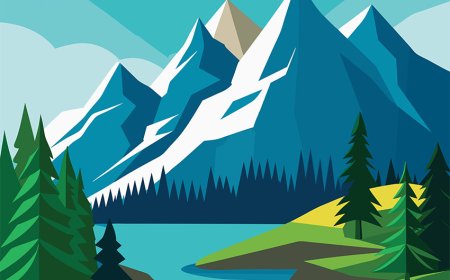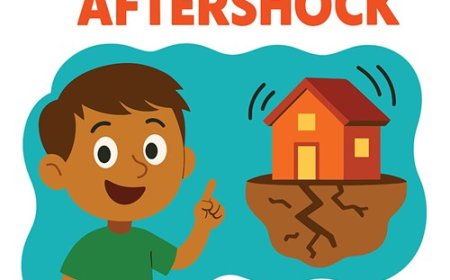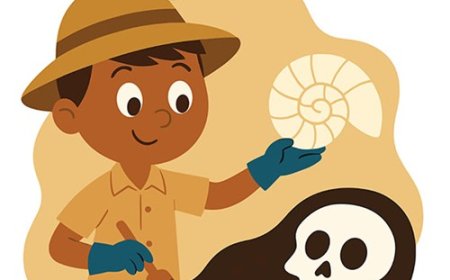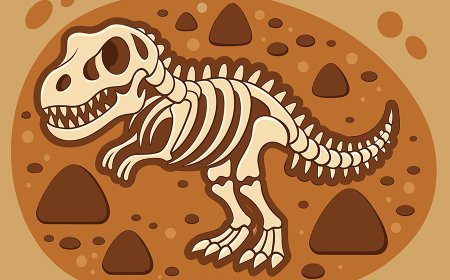Glaciers Facts for Students | Water and Ocean Guide
Learn what glaciers are how they form why they are important to Earths water cycle and climate and how they affect people and nature
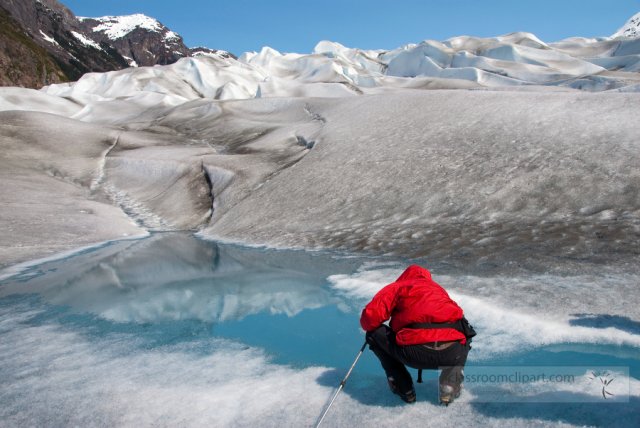
🌟 Introduction
Glaciers are huge, slow-moving rivers of ice that form in places where more snow falls in winter than melts in summer. Over thousands of years, layers of snow pile up and compress into solid ice. Glaciers cover about 10% of Earth's land surface today and are found mostly in Antarctica, Greenland, and high mountains. They are like giant frozen water tanks, holding about 70% of the world's freshwater. Glaciers shape landscapes by carving valleys, creating lakes, and grinding down rocks into soil. As they melt, they release water that feeds rivers, lakes, and oceans. Understanding glaciers helps us see how Earth's climate and water cycle are connected.
🔍 Understanding Glaciers
A glacier forms when layers of snow build up faster than they can melt. Over time, the pressure turns snow into ice. Gravity causes this ice to slowly flow downhill like a frozen river. Glaciers can be:
-
Valley Glaciers - found in mountain valleys.
-
Ice Sheets - massive glaciers that cover entire continents, such as in Antarctica.
-
Ice Caps - smaller ice sheets that cover mountain ranges or islands.
🌍 Why Is It Important?
Glaciers are important because they:
-
Store most of Earth's freshwater, which people and animals depend on.
-
Feed rivers and lakes, especially during hot, dry summers.
-
Shape landforms, creating valleys, lakes, and fertile soil.
-
Reflect sunlight, helping to keep Earth's temperature balanced.
-
Show climate change, since melting glaciers are clear signs of a warming world.
🧪 Real-Life Connections
-
Many communities in mountain regions depend on glacier meltwater for drinking and farming.
-
Rivers like the Ganges in India and the Rhine in Europe start from glaciers.
-
Tourists visit famous glaciers to hike, ski, and see natural ice caves.
-
When glaciers melt too quickly, sea levels rise, which can flood coastal cities.
-
Scientists study glaciers to understand how Earth's climate is changing.
✨ Interesting Facts
-
The largest glacier in the world is the Lambert Glacier in Antarctica.
-
Some glaciers move only a few inches per day, while others can surge several feet.
-
Glaciers carved out the Great Lakes in North America during the Ice Age.
-
Antarctica's ice sheet is nearly 3 miles thick in some places.
📌 Key Takeaways
-
Glaciers are giant rivers of ice that form where snow builds up faster than it melts.
-
They store most of Earth's freshwater and feed rivers and lakes.
-
Melting glaciers are a warning sign of global climate change.
🐾 Kid-Friendly Summary
Glaciers are huge frozen rivers of ice that slowly move downhill. They give us fresh water, shape valleys and lakes, and help keep Earth cool. But when they melt too fast, sea levels rise and the climate is affected.
📚 Vocabulary Words
-
Glacier - A large, slow-moving mass of ice.
-
Ice Sheet - A giant glacier that covers a continent or large area.
-
Valley Glacier - A glacier found in mountain valleys.
-
Meltwater - Water from melting glaciers or snow.
-
Erosion - The wearing down of land by glaciers, water, or wind.
-
Climate Change - Long-term changes in Earth's temperature and weather.
-
Ice Age - A time when much of Earth was covered in glaciers.
-
Sea Level Rise - The increase in ocean levels caused by melting ice.
Interactive Quiz: Glaciers
Instructions: Choose the best answer. Answers are listed at the end.
-
What is a glacier?
A) A frozen lake
B) A huge, slow-moving river of ice
C) A block of ice in the ocean
D) A snowstorm -
Where are most glaciers found?
A) Deserts
B) Antarctica and Greenland
C) Tropical islands
D) Rainforests -
Which of these is a type of glacier?
A) Ice sheet
B) Ice cream
C) Hailstorm
D) Snowflake -
Why are glaciers important?
A) They store most of Earth’s freshwater and feed rivers
B) They create deserts
C) They heat up Earth’s surface
D) They only provide snow for skiing -
What does melting glaciers cause?
A) More mountains
B) Sea level rise
C) Extra deserts
D) New volcanoes


















































